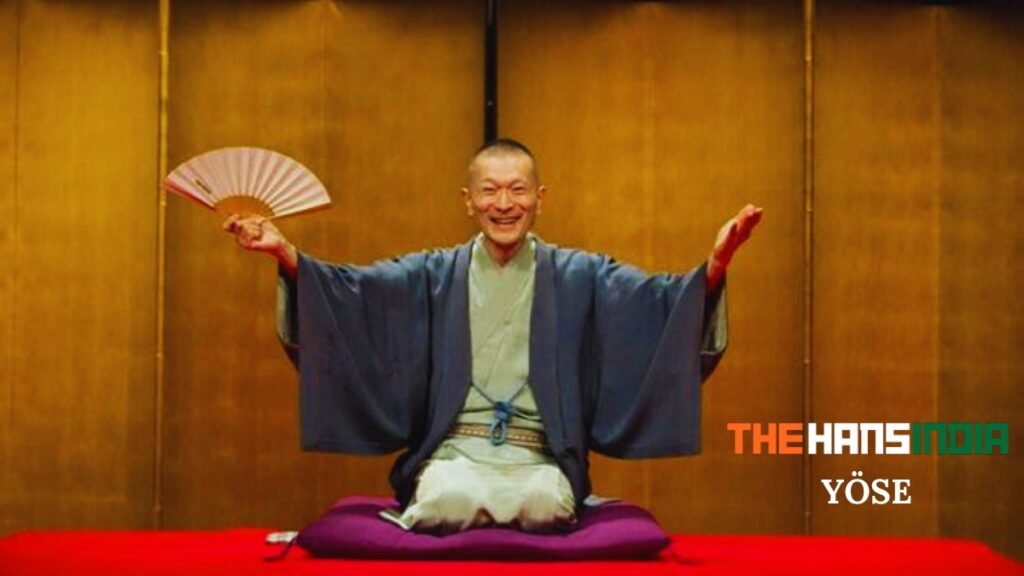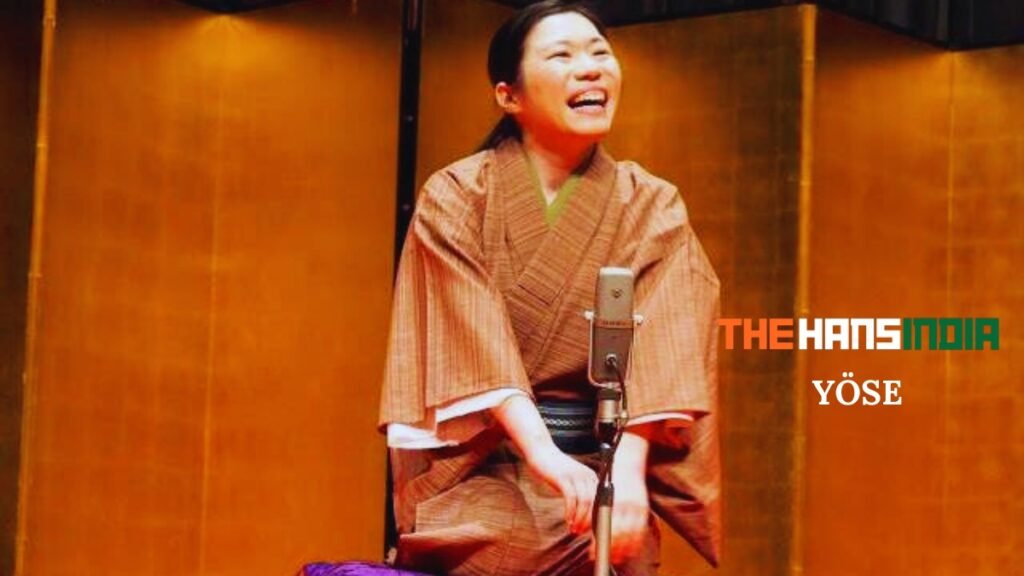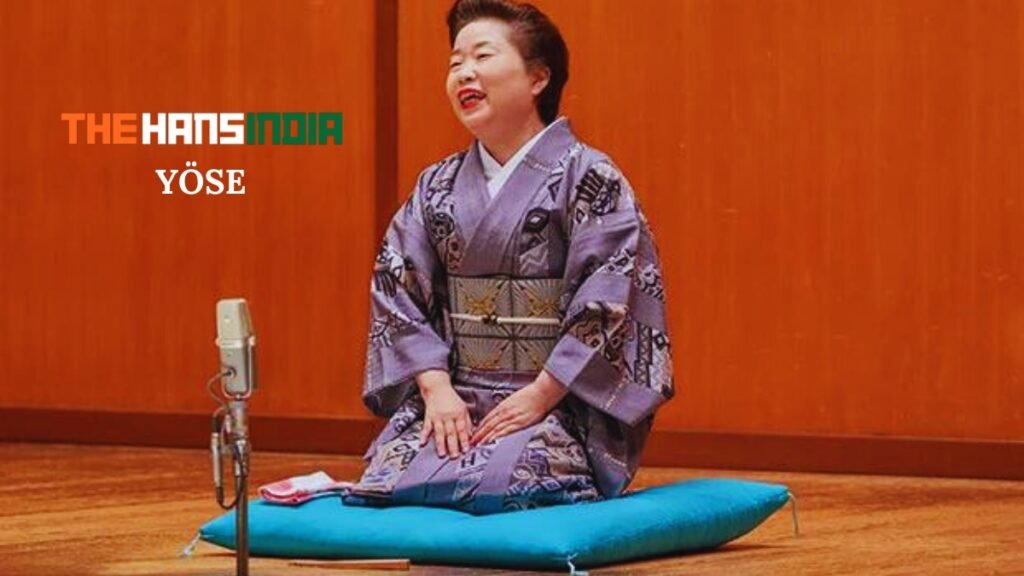The world of traditional Japanese performing arts is vast and varied, with Yöse standing as one of the most fascinating and enduring forms. Rooted in centuries of cultural evolution, Yöse offers a unique blend of humor, storytelling, and performance that continues to captivate audiences today. In this article, we will explore the origins, key elements, and modern relevance of Yöse, shedding light on why this tradition remains a beloved part of Japanese culture.
What is Yöse?
Yöse refers to a traditional Japanese form of variety theater that encompasses various performing arts, including rakugo (comic storytelling), kodan (narrative storytelling), manzai (stand-up comedy), and more. These performances typically take place in specialized theaters also called Yöse, where audiences gather to enjoy a mix of entertainment styles that have been passed down through generations.
The Historical Roots of Yöse
Origins in Edo Period
Yöse has its roots in the Edo period (1603–1868), a time when urban culture flourished in Japan. The rise of Yöse was closely tied to the growing popularity of rakugo and other storytelling forms, which were initially performed in the streets and small teahouses. Over time, these performances became more organized, leading to the establishment of dedicated Yöse theaters where various acts could be enjoyed in a single venue.
Evolution Through the Meiji Era
During the Meiji era (1868–1912), Yöse underwent significant changes as Japan modernized and Western influences began to permeate the culture. This period saw the introduction of new performance styles and the formalization of Yöse theaters as key cultural institutions in cities like Tokyo and Osaka. The Meiji era also marked a time when Yöse performances became more accessible to the general public, solidifying their place in Japanese entertainment.
Post-War Revival
The aftermath of World War II brought about a resurgence of interest in traditional Japanese arts, including Yöse. Despite the destruction caused by the war, Yöse theaters were rebuilt, and the tradition experienced a revival. This period also saw the incorporation of new elements into Yöse performances, reflecting the changing tastes of post-war audiences.
Key Elements of Yöse Performances
Rakugo: The Art of Comic Storytelling
Rakugo is perhaps the most iconic element of Yöse. A rakugo performer, known as a “hanashika,” sits on stage and tells humorous stories, often involving multiple characters, using only a fan and a cloth as props. The performer’s skill lies in their ability to create vivid scenes and distinguish between characters using voice modulation and body language.
Manzai: Japanese Stand-Up Comedy
Manzai is another popular act in Yöse, characterized by a comedic dialogue between two performers, typically a straight man (tsukkomi) and a funny man (boke). This form of comedy is fast-paced and relies heavily on wordplay, timing, and the chemistry between the performers.
Kodan: Narrative Storytelling
Kodan is a traditional form of storytelling that involves reciting historical tales or fictional stories with dramatic flair. Unlike rakugo, which is often humorous, kodan is more serious and focuses on delivering gripping narratives with emotional depth.
Other Performances in Yöse
Yöse theaters often feature a variety of other performances, including magic shows, acrobatics, and musical acts. This diversity of entertainment options makes Yöse a unique and dynamic experience for audiences.
The Role of Yöse Theaters
Traditional Yöse Venues
Yöse theaters are typically small, intimate venues designed to create a close connection between performers and audiences. The stage is simple, often with minimal decorations, allowing the focus to remain on the performers’ skills. Traditional Yöse theaters are found in major cities like Tokyo, with some of the most famous being the Suehirotei in Shinjuku and the Asakusa Engei Hall in Asakusa.

Modern Yöse Theaters
In addition to traditional venues, modern Yöse theaters have adapted to contemporary tastes, sometimes incorporating more elaborate staging and lighting. These theaters may also host performances in languages other than Japanese, catering to a broader audience, including tourists.
Yöse in Contemporary Japanese Culture
The Influence of Yöse on Modern Media
Yöse has had a lasting impact on modern Japanese media, particularly in the realms of television and film. Many popular comedians and actors in Japan began their careers in Yöse, and the influence of Yöse-style humor can be seen in contemporary comedy shows, variety programs, and even anime.
Preservation and Promotion of Yöse
Efforts to preserve and promote Yöse continue in Japan, with various organizations and cultural institutions working to keep the tradition alive. Yöse festivals, workshops, and educational programs are regularly held to introduce new audiences to this unique form of entertainment.
Yöse in the Digital Age
The advent of the internet and social media has also provided new platforms for Yöse. Performers now share their acts online, reaching global audiences and keeping the tradition relevant in the digital age. Streaming services and YouTube channels dedicated to Yöse content have made it easier for fans to access performances from anywhere in the world.
The Cultural Significance of Yöse
Yöse as a Reflection of Japanese Society
Yöse is not just a form of entertainment; it is also a reflection of Japanese society. The stories told in rakugo and kodan often mirror the values, concerns, and humor of the times, providing insight into the cultural and social fabric of Japan.
The Role of Humor in Yöse
Humor plays a central role in Yöse, serving as a means of social commentary and a way to bring people together. The clever wordplay, puns, and satirical content found in Yöse acts often address current events and everyday life, making the performances both entertaining and thought-provoking.
Yöse as a Cultural Bridge
In recent years, Yöse has also become a cultural bridge, introducing Japanese performing arts to international audiences. The universal appeal of humor and storytelling has allowed Yöse to transcend language barriers, fostering cross-cultural understanding and appreciation.
Experiencing Yöse Today
Visiting a Yöse Theater in Japan
For those interested in experiencing Yöse firsthand, visiting a Yöse theater in Japan is a must. These theaters offer an authentic glimpse into a tradition that has entertained audiences for centuries. While most performances are in Japanese, some theaters provide English subtitles or offer special shows for non-Japanese speakers.
Yöse Performances Outside Japan
Yöse is not confined to Japan; performances are occasionally held in international locations, especially in cities with large Japanese communities. Additionally, Yöse performers sometimes participate in cultural festivals and events abroad, bringing a taste of this unique art form to global audiences.

How to Appreciate Yöse as a Non-Japanese Speaker
Even if you don’t speak Japanese, there are ways to appreciate Yöse. Understanding the cultural context and basic structure of the performances can enhance your experience. Some theaters and online platforms offer translated versions or explanations of the stories, making it easier for non-Japanese speakers to follow along.
Conclusion
Yöse is a vibrant and enduring part of Japanese cultural heritage, offering a unique blend of humor, storytelling, and performance. From its roots in the Edo period to its modern-day adaptations, Yöse continues to captivate audiences with its timeless appeal. Whether you’re a fan of traditional arts or simply looking to explore a new cultural experience, Yöse provides a fascinating glimpse into the rich tapestry of Japanese performing arts. As Yöse evolves and reaches new audiences around the world, it remains a cherished tradition that celebrates the power of storytelling and the joy of laughter.
Frequently Asked Questions
What is the difference between Yöse and Kabuki?
Yöse and Kabuki are both traditional Japanese performing arts, but they differ significantly in style and presentation. Kabuki is a more dramatic, dance-oriented form of theater, often involving elaborate costumes and makeup. Yöse, on the other hand, is more focused on storytelling and comedy, with a simpler stage setup.
How can I watch Yöse performances online?
Yöse performances are increasingly available online through streaming services and YouTube channels dedicated to traditional Japanese arts. Some platforms offer subtitled versions or explanations to help non-Japanese speakers enjoy the performances.
Is Yöse suitable for children?
Yes, many Yöse performances are family-friendly and suitable for children. However, some acts may include humor or themes that are more appropriate for adults, so it’s a good idea to check the content of a specific performance beforehand.
Can I experience Yöse outside of Japan?
Yes, Yöse performances are occasionally held in international locations, particularly in cities with significant Japanese populations. Additionally, some cultural festivals and events abroad feature Yöse acts, providing opportunities to experience this art form outside of Japan.
How has Yöse adapted to modern times?
Yöse has adapted to modern times by incorporating new performance styles, utilizing digital platforms, and reaching international audiences. Despite these changes, the core elements of storytelling and humor remain central to Yöse.
What should I expect when visiting a Yöse theater?
When visiting a Yöse theater, expect an intimate setting with a close connection between the audience and performers. The atmosphere is usually casual and relaxed, allowing for a more personal experience. Performances typically include a variety of acts, ranging from comedy to storytelling and more.


